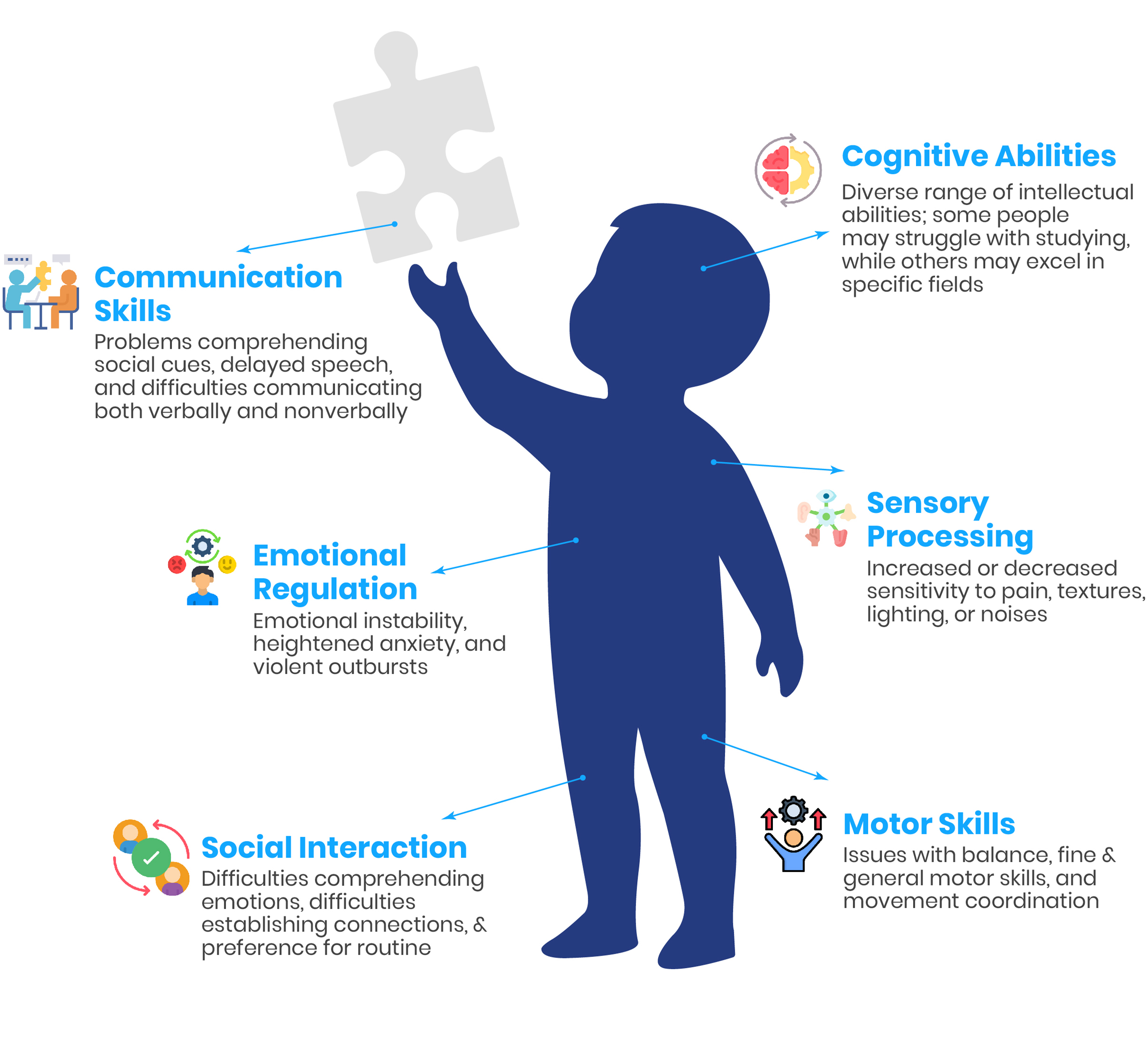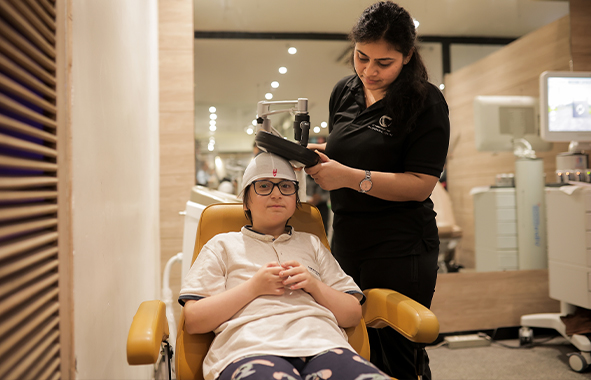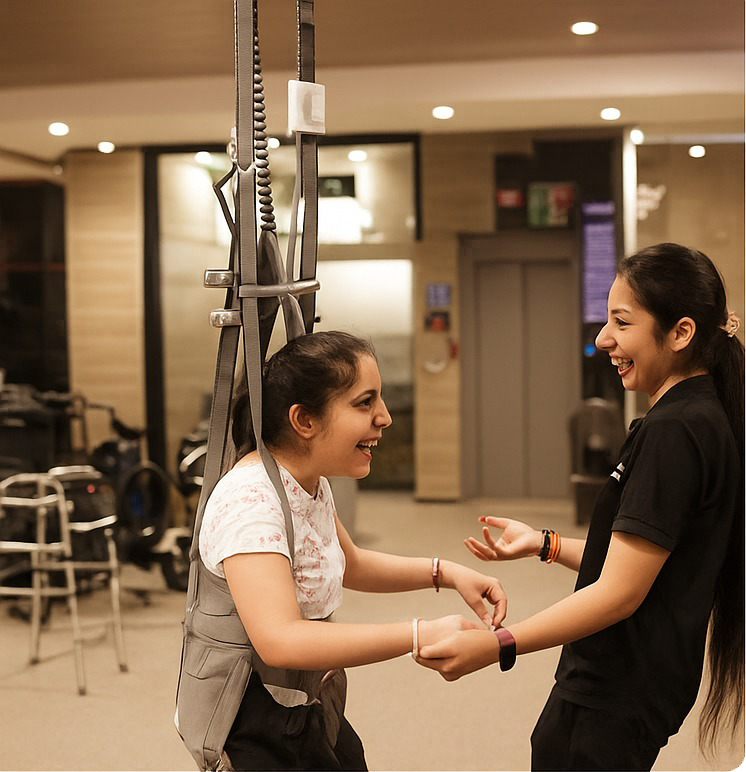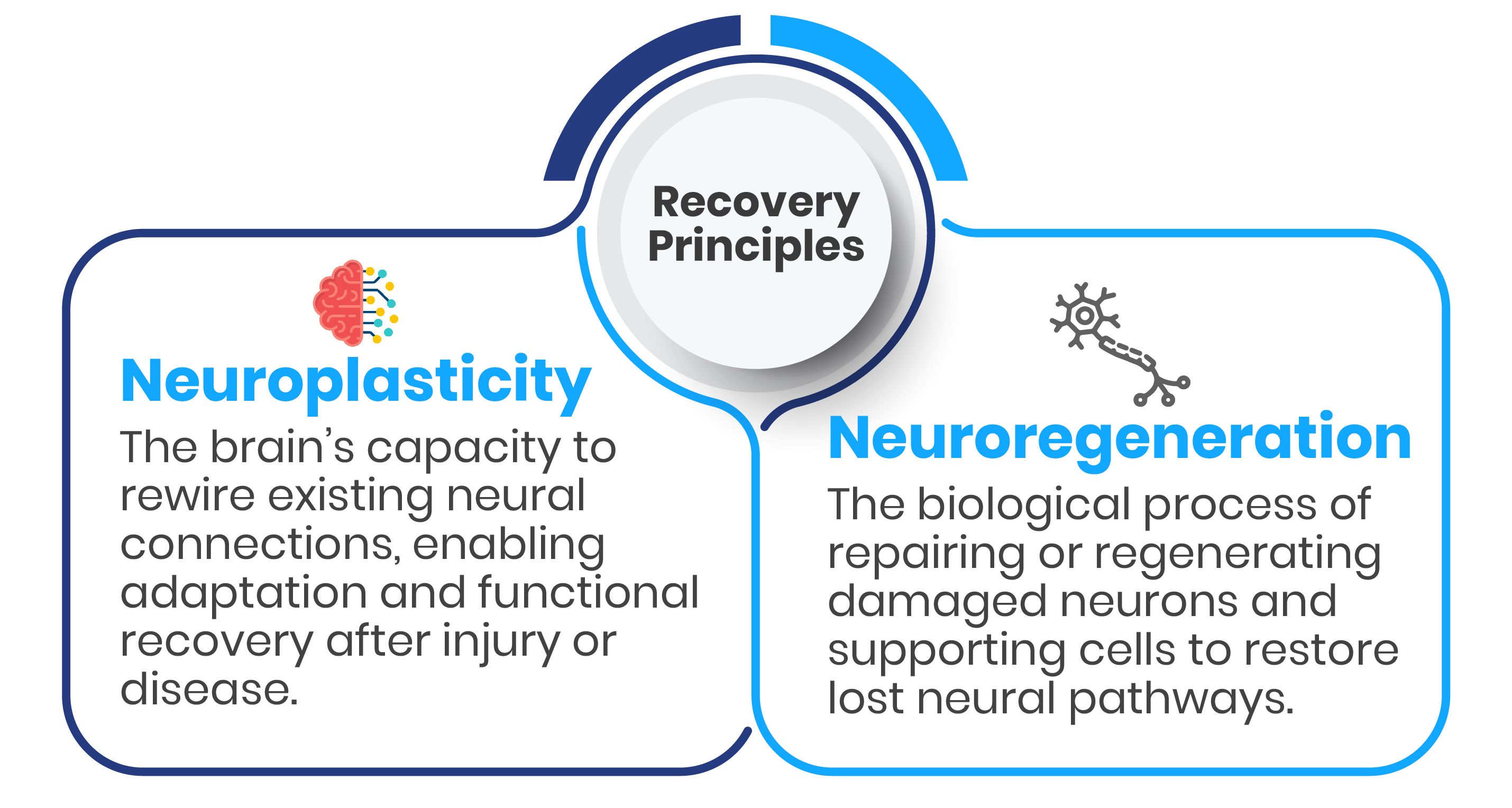Have questions or interested in our premium window solutions? Reach out to us—we're here to help!
People with ASD often exhibit repetitive behaviours, limited interests, and social-communication issues that affect their everyday interactions. Cognitive difficulties might include everything from cognitive impairments to extraordinary aptitude in specific domains. They could have emotional difficulties comprehending and expressing their emotions. Tailored environmental adjustments are required as sensory sensitivities are common in ASD.



Rehabilitation starts with a comprehensive evaluation of cognitive, motor, sensory, and communicative abilities.
Individualized therapy plans aim to improve flexibility and involvement.
Early therapies focus on enhancing body awareness, basic motor abilities, and sensory control to build a strong foundation for social rehabilitation.
This stage involves systematic training to improve motor coordination, balance, and sensory processing.
Cognitive and communicative activities are encouraged to enhance social skills and reinforce brain connections.
Focus areas include functional movement patterns, emotional control, and independence in everyday tasks.
Restore independence & maintain progress
At this point, the focus is on improving higher cognitive abilities, social communication, and complex motor skills.
Therapy aims to enhance self-reliance, coordination, and practical application of skills.
Objectives include maximizing independence, social engagement, and long-term improvement.







Walk Again is growing its reach throughout Southeast Asia, bringing advanced neuro-recovery services to more patients. Also opened in Oman.
Contact UsA: People with limited verbal ability can communicate well through text or symbols with the use of technology, such as augmentative communication devices. These devices provide an alternative approach to communicate.
A: Wearable technology, such as soothing aids and noise-canceling headphones, can assist in managing sensory sensitivity. Technology that promotes mindfulness and relaxation can also alleviate anxiety and sensory overload.
A: It is possible to set up simulated social situations in virtual reality that allow people with ASD to practice and enhance their social abilities. It provides a secure setting for a range of social situations.
A: Interactive technology, such as visual learning platforms and adaptable teaching aids, can support the cognitive and communicative development of kids with autism. The learning needs of each person can be met by these resources.
A: Wearable technology provides real-time health and safety monitoring by tracking a person's position and vital signs. Particularly useful for people who require continual care.